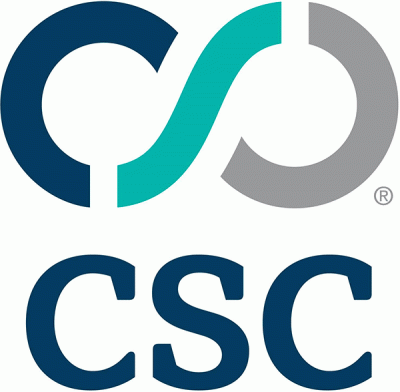


|
||
|
||

Despite 60% surge in dangerous third-party domain registrations, domain security is an underutilized security component to curb phishing and related ransomware attacks.
We have recently released our annual Domain Security Report: Forbes Global 2000 Companies, which found that despite the shift to modernize business environments and operations among the Global 2000 companies, web domains remain dangerously under-protected.
Our research also shows that most Global 2000 companies continue to lag in the adoption of domain security measures. Most notably, 81% of companies are not using registry locks. Other concerning findings illustrate that domain security remains an afterthought for many brands:
“Basic domain security measures continue to get overlooked because they’re still not considered an essential component to a company’s broader phishing, business email compromise, or ransomware mitigation approach,” said Mark Calandra, president of CSC Digital Brand Services. “A focus on securing legitimate domains while monitoring for malicious domains in parallel needs to be a bigger priority for companies to stay protected and thwart cyber risk. Otherwise, companies are exposing themselves to significant threats to their cyber security posture, data protection, intellectual property, supply chains, consumer safety, revenue, and reputation.”
Our additional findings leave little doubt that bad actors are applying tactics to hide their tracks and accelerate their attempts to execute their attacks. The research found that among the 70% of third-party domains deemed suspicious:
The rise of cybercrime and digital fraud, along with a steady increase in domain registrations over the last 18 months, necessitates more industry oversight. At the same time, it’s imperative that companies get proactive with their domain security moving forward. Including security measures can help mitigate phishing—a common starting point in most ransomware attacks. Companies need to take a more aggressive cyber security approach to disrupt criminal activities taking place across their domain ecosystem.
Sponsored byDNIB.com

Sponsored byWhoisXML API

Sponsored byIPv4.Global

Sponsored byRadix

Sponsored byVerisign

Sponsored byVerisign

Sponsored byCSC
